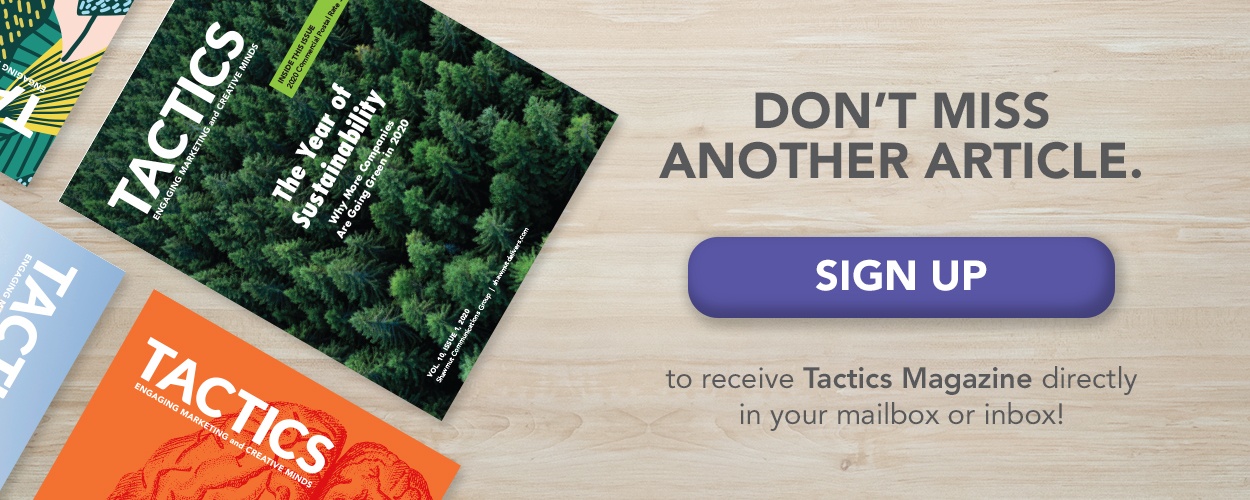In a recent article that appeared in Tactics magazine, three industry experts weighed in on today's marketing channels and how they can make a difference in your company. While each of these tactics has different advantages the real takeaway is the importance of creating a targeted approach based on your organization's buyer personas.
Here's a few tips from our experts on how you can make these popular marketing channels work for you.
Print has become the new "non traditional" marketing strategy, especially on the content marketing side. For example, many leading companies are now sending their longer form content—including white papers and case studies—via direct mail rather than solely relying on email to drive downloads. Print strategies can also include digital components such as as QR codes, personalized URLs, near field communication and augmented reality, all of which help track media crossover. In addition, variable printing continues to allow brands to personalize graphics and images as they are printed.
Direct mail
Direct mail continues to be used successfully today and according to many reports it is on the rise. The “Epsilon Channel Preference Study” reported that 73 percent of U.S. consumers and 67 percent of Canadian consumers said they preferred direct mail for brand communications, because they could read the information at their convenience.
“Because everyone today just emails, using direct mail can be a huge differentiator,”
says Michael F. Sciortino, Sr., founder and CEO, Gratitude Marketing.
We all know that batch and blast emails are a thing of the past. Organizations can no longer send the same message to customers and prospects. Highly personalized email marketing can be achieved using marketing automation tools. They allow marketers to nurture and qualify contacts while advancing them through the buyers' journey with relevant stage-appropriate content, increasing conversion rates.
Social
When used in the platform-appropriate context, social provides a great way to stay in front of your audience. By understanding their behavior in relation to the social platform they’re on, marketers are repurposing content into the appropriate format for consumption, increasing conversion rates and acquiring more customers.
“Social media platforms like Facebook, Twitter, Pinterest, Instagram, and Snapchat focus on creating seamless experiences for their audiences,” says Sean O'Neal, president, Adaptly. “Marketers can now think about how to adapt their campaigns to mimic true consumer conversations. Social platforms offer native solutions that can easily insert brands into real-time conversations, allowing them to capitalize on trending topics.”
Mobile
This is an emerging best practice that generally is uncharted for most marketing professionals. “Consumer habits and attention spans are changing, allowing for savvy marketers to capitalize on the white space in mobile marketing,” says Randall LaVeau, senior consultant, Sales Benchmark Index. Apps that can provide the greatest value, i.e., time, are providing a captive platform to share messaging and convert opt-in customers and prospects.
Web/Digital
Hyper-personalization is an emerging best practice that has been long used by B2C marketers and is being adapted by B2B marketers. Creating a personalized experience for prospects who return to your website, and the use of ad tracking and retargeting, is becoming more common.
Events
Events have become diluted with poor attempts to convert customers and prospects. For that reason, more companies are finding success with hosted-events that combine current customers and prospects. This approach allows potential buyers to meet customers and share experiences, which helps to speed up sales cycles for new customers and up-sell/cross-sell existing customers.
Account-Based Marketing
This will make huge strides in the next phase of marketing, because it will be about aligning with sales to engage the accounts that matter most. The legacy approach of high volume top-of-funnel marketing is declining in its effectiveness with organizations whose sales cycles are long, complex, involving many stake holders, departments, and decision makers. Marketers will work closely with sales to focus on account-driven marketing versus contact or individual-driven marketing. Marketers will build a repeatable process to orchestrate personalized marketing and sales efforts to open doors and deepen engagement at specific accounts, LaVeau says.
Pick a channel, any channel. Whether it's print, social, email, mobile, events, web/digital, salespeople or content, the success is in the approach and how each complements the others. Today's marketing landscape, is more about quality than quantity. Marketers must become laser focused on the customer journey and the alignment of hyper-personalized content to their buyer's specific buying process.
Sources: Randall LaVeau, senior consultant, Sales Benchmark Index; Michael F. Sciortino, Sr., founder and CEO, Gratitude Marketing; and Sean O'Neal, president, Adaptly.








